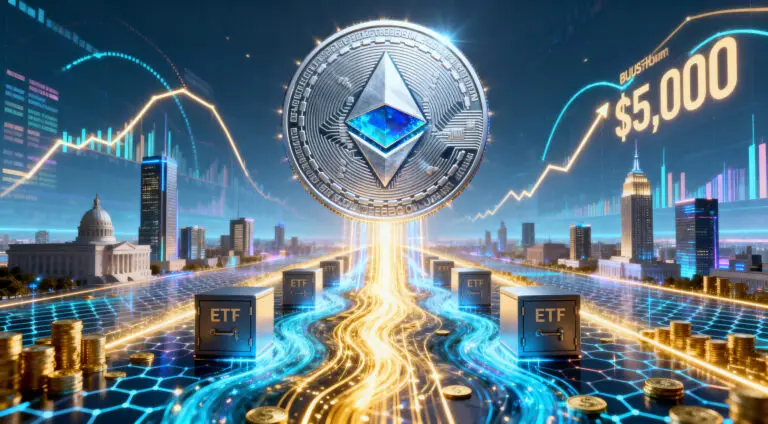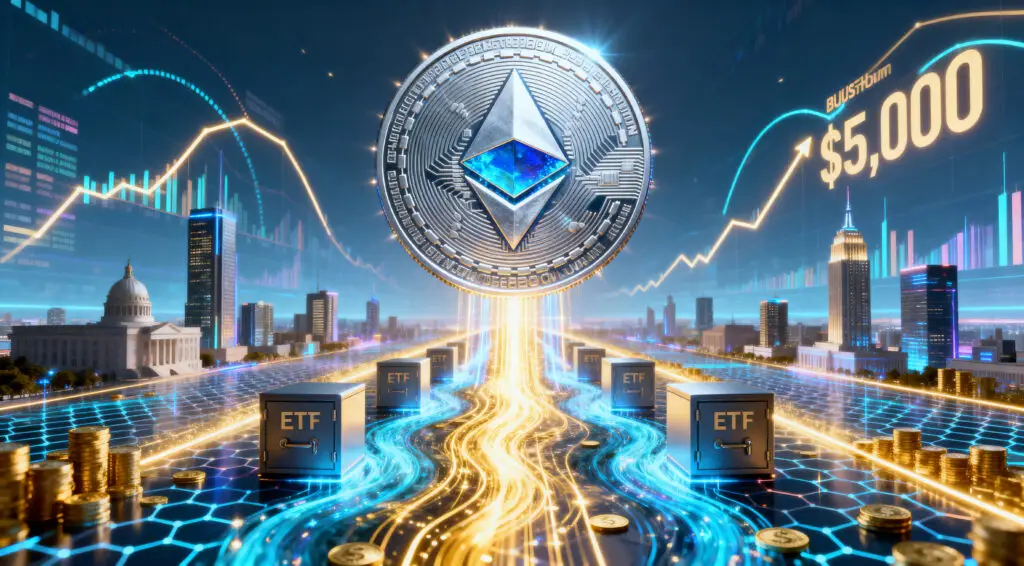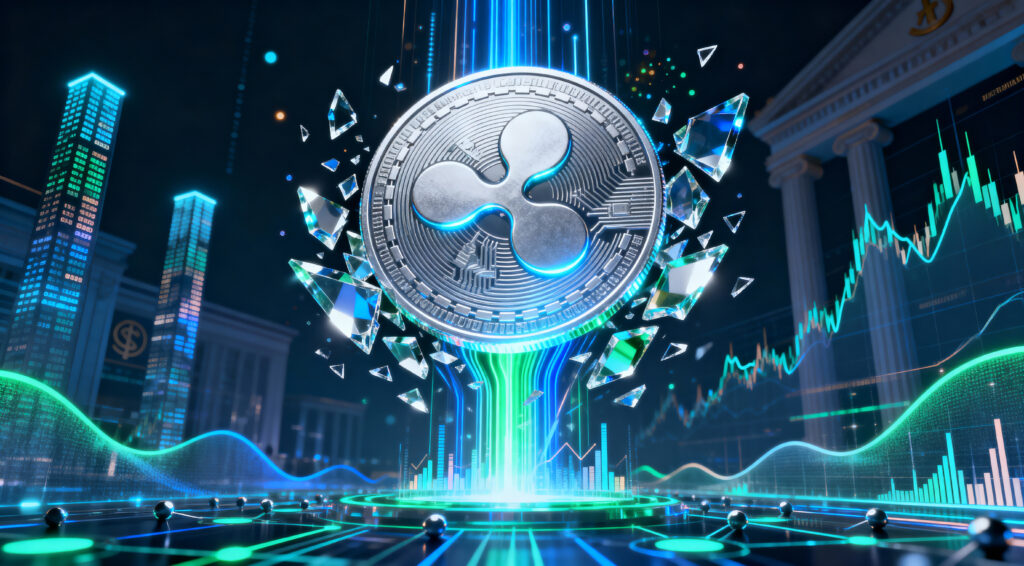Artificial intelligence may be revolutionising the tech landscape, but for today’s IT leaders, it’s just one of many forces radically reshaping priorities. From AI-driven cyber threats to global political instability and unrelenting pressure to deliver value faster, CIOs are facing one of the most complex decision-making environments in decades.
As CIOs navigate 2025, they’re not just integrating new tools; they’re reimagining entire operational models. In interviews and industry surveys, IT leaders pointed to ten core challenges that are defining their agendas, shaping budgets, and testing their adaptability like never before.
- The Relentless Pace of AI Evolution
For many CIOs, artificial intelligence isn’t just another tool; it’s a seismic shift. “The AI explosion and how quickly it has come upon us is the top issue for me,” says Mark Sherwood, executive vice president and CIO at Wolters Kluwer. “In my experience, AI has changed and progressed faster than anything I’ve ever seen.”
Sherwood and others are embedding innovation into daily workflows and pushing teams to ask not where AI can be used but why it isn’t being used.
- AI for IT: Automation Inside the Engine Room
AI is also transforming the IT department itself. At the University of Phoenix, CIO Jamie Smith reports significant productivity gains, noting that product teams have shrunk in size while expanding capabilities thanks to AI adoption. “AI is reshaping the technology organisation,” Smith says, stressing the need for broad, risk-tolerant skill sets to support agile development.
- AI-Enabled Cyberattacks: A Rising Threat
As AI enhances productivity, it also supercharges cybercriminals. Smith warns of AI-powered phishing, deepfakes, and fake vendor websites targeting corporate finance systems. “Cybersecurity is always an issue. I’m just scared for different reasons every year,” he says.
- AIOps and Event Intelligence: Managing the Noise
At FICO, CIO Mike Trkay is applying AI to cut through the noise in vast telemetry data. “Without intelligent systems, IT teams drown in alert fatigue,” he explains. His team uses AI to detect anomalies, correlate events, and accelerate response times, turning big data into real-time, actionable insights.
- Speed to Value: Innovation Under Pressure
Across industries, CIOs face relentless pressure to shorten the time between idea and ROI. “The majority of conversations I have with CIOs is around, ‘How do we shorten the time to value?’” says Thoughtworks CTO Thomas Squeo. Despite heavy investment, many organisations admit their AI initiatives have yet to deliver on expectations.
- Geopolitical Instability Alters IT Strategy
Tariffs, data localisation laws, and shifting trade alliances have CIOs watching global headlines with new urgency. Sherwood admits that while Wolters Kluwer isn’t directly impacted by tariffs, the rising cost of equipment has his team considering alternate vendors and regions. “It is still an issue,” he says, advocating a wait-and-see approach.
- The Cost Squeeze: Innovation vs. Inflation
Inflation and AI adoption are driving costs up, especially for cloud infrastructure and software licences. “Cost containment and control continues to be a significant issue,” says Dave Borowski of West Monroe. Trkay echoes the concern, citing unpredictable GPU-related costs and the need for disciplined, ROI-focused AI investments.
- The Talent Crunch Persists
Hiring the right IT talent remains as difficult as ever. A recent Revature survey found that 84% of tech leaders worry about finding qualified professionals in 2025. CIOs are also focused on retraining current staff to meet fast-evolving needs, with demand for AI and full-stack skills now outpacing legacy specialisations.
- Security and Third-Party Risk Escalate
With third-party vendors responsible for an increasing share of cyber breaches, CIOs are doubling down on risk management. “Nearly all security risks now are coming from third parties,” says Swingtide president Diane Carco. Sherwood adds that threat actors are more sophisticated and better funded than ever.
- Future-Proofing the IT Organisation
Sherwood sums up the ultimate CIO mandate: adaptability. “Now it’s an everyday or at least every week thought process, asking if we’re building out an organisation that can thrive with this amount of change.” That means hiring flexible “multisport athletes,” partnering with vendors who bring broad ecosystems, and shifting leadership styles to focus on agility and vision.
As tech transforms, so too must the CIO. In today’s IT landscape, strategy isn’t about stability; it’s about readiness for what’s next.















